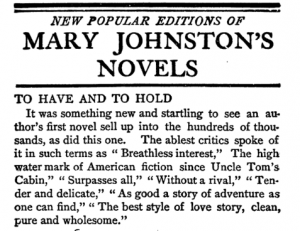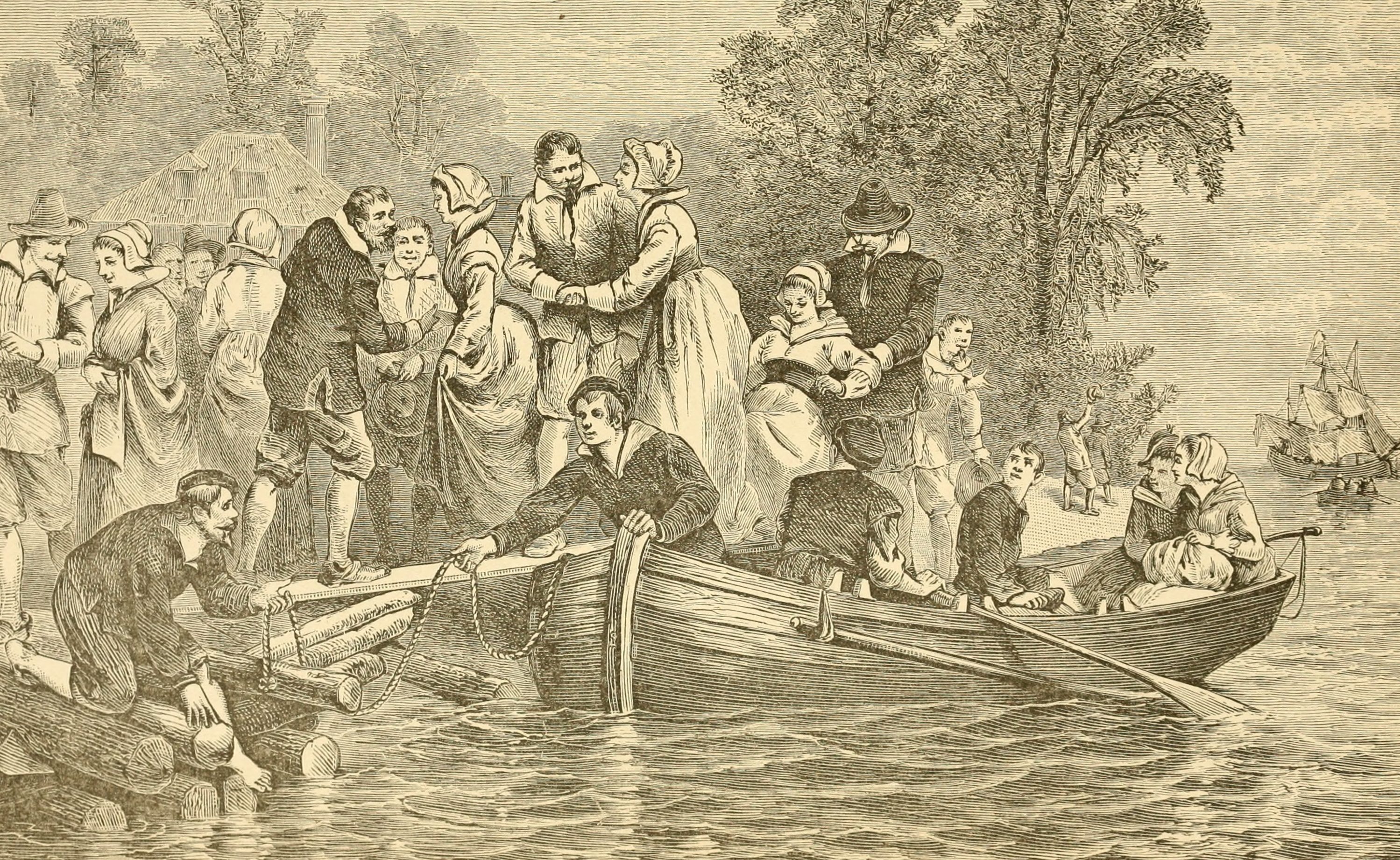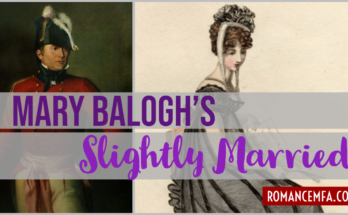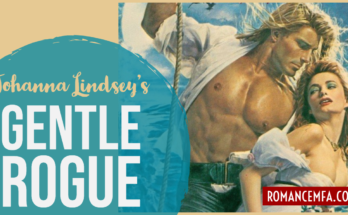To Have and To Hold is a gilded age tale of love and adventure by Virginian author, Mary Johnston, who set the tale in the history of her home: Colonial Jamestown.
Book details:
Title: To Have and To Hold
Author: Mary Johnston
Original publication date: 1899
Setting time & place: 1621 Jamestown, Virginia Colony
He is… a war veteran with an unyielding sense of honor.
She is… a beautiful young orphan, ward of the king of England.
Reasons to read this title: Swashbuckling adventure, like Kidnapped or The Princess Bride.
My review of Mary Johnston’s To Have and to Hold
Is it a romance novel? Not exactly. Obstacles are overcome and we end with two characters sharing wedded bliss, but more attention is given to the external dangers they overcome or escape than to the emotional journey of the characters.
Is it a must read romance novel? Not unless you want to have a sense of late 19th century romantic ideals or take a trip to historical Jamestown.

To Have and to Hold was originally published as a serial in Atlantic Monthly. You can read it through Google books, through Gutenberg, or purchase any number of the editions published since 1899. It was a bestseller in its time, with reprints in 1901 and 1902. Here’s Dixie magazine describing Johnston as “a new and delightful voice” and her story as a ‘stimulating romance of adventure.” For the publication Public Opinion, it was “a splendid romantic drama” and The Academy and Literature reviewed it as “one of the best historical novels we have read for a long time.” In Britain it was reprinted under the title By Order of the Company and similarly praised.
“Bestseller with a love story” is what put it on my reading list, but having read it, I’m not sure it fits into the romance genre as obviously at my previous readings. As I said above, it’s more of an adventure tale in the vein of The Princess Bride, but rather than being written tongue in cheek during the early 1970s, it’s written very seriously in the late 1890s. It’s very easy to imagine that the S. Morgenstern Goldman claims to have taken the story from was a close colleague of Mary Johnston.
From Goodreads’ top review of The Princess Bride, that story has:
Fencing.
Fighting.
Torture.
Poison.
True Love.
Hate.
Revenge.
Giants.
Hunters.
Good men.
Bad men.
Beautifulest ladies.
Snakes.
Spiders.
Beasts of all natures and descriptions.
Pain.
Death.
Brave men.
Coward men.
Strongest men.
Chases.
Escapes.
Lies.
Truths.
Passion.
Miracles.For a start.
Well, To Have and to Hold has all of those excepting ‘snakes’ and ‘spiders’, for which we can substitute ‘panthers’ and (nineteenth century racism) ‘Indians’. The above list also fails to mention ‘impersonating fearsome pirate captain’, which is a part of both books. All of which is to say the story is heavy on the adventure, but light on the emotional content that the modern reader might expect from a romance tale. Since it fits into the time frame when I’m setting my own stories, I have no regrets about reading it, but I probably won’t include it when I revise the syllabus for 2018.
Nevertheless, let us look at the ways it does fall within the bounds of a romance.
Romance genre tropes in To Have and To Hold
1. Forced Marriage/Marriage of Convenience
Our heroine, the beautiful Lady Jocelyn Leigh, flees an arranged marriage in England, by taking the place of her maid on a shipment of women to the Jamestown Colony. This isn’t the best escape, however, since the women are brought for the express purpose of being married to any man with 120 pounds tobacco to buy one of them. This brings her to our hero, Captain Ralph Percy.
2. He’s not ready to marry
Captain Ralph Percy (which I cannot imagine any current author choosing for a sexy hero name) doesn’t see the point of marriage. He says, to wit,
“Love for your brother-in-arms, love for your commander if he be a commander worth having, love for your horse and dog, I understand. But wedded love! to tie a burden around one’s neck because ‘t is pink and white, or clear bronze, and shaped with elegance! Faugh!”
However, when his friend John Rolfe (the Englishman who married Pocahontas) tells him about the incoming women, he is intrigued enough to make a dice bet with himself and, when he loses, sets out to get himself a wife. That’s right: he loses an unwitnessed bet with himself, and that’s why he gets married. This is the setup for how steadfastly/stupidly noble and honorable he is. I have rarely met a dude as unblinkingly honorable as Captain Percy, except maybe David Balfour.
3. The Spiteful Other Woman
Johnston tells her story from the hero’s perspective (more on that in a later post), which puts a twist on this trope. Jocelyn is pursued from England by the man the king had betrothed her to. He is fair of face but black of heart and, I kid you not, named “Lord Carnal.”* He is the very personification of spite as he perpetually seeks to get rid of Captain Percy and claim Jocelyn for his own. Like Caroline Bingley and Blanch Ingram, he views his rival as lower class and contemptible, but since the genders are flipped they get to duel about it instead of merely making cutting remarks to their friends.
4. Death Preferable to Loss of Virtue
I don’t believe this trope holds in 21st century romances, but since I’ve seen it in all the previous readings, I’m noting that it’s in Johnston’s novel. Set in 1621, a full 120 years before Pamela’s story, it’s not surprising that Jocelyn, too, would rather die than be manhandled by someone she doesn’t love. For an adventure story, it also ups the drama. While Pamela eventually marries the man pursuing her, Jocelyn flees England. As she explains her situation to Captain Percy, she says
“There was a thing of which I stood in danger that would have been bitterer to me, a thousand times, than death. I had but one thought, to escape; how, I did not care,—only to escape.”
Later when they are in danger from pirates she also clearly states that she would prefer for Captain Percy to kill her than leave her alive to be raped, writing to him in the sand:
“If there is time at the last, when you see that it is best, will you kill me?”
5. No One Can Save Her – Except the Hero
Jocelyn is an orphan, taken under the care of the king of England from a young age. She led a fine and happily pampered life until the king’s favorite, Lord Carnal, decided he wanted her, and the king was happy to give her (and her lands) to his best pal of the moment. But once she’s in Virginia and married to Captain Percy, he is bulldog determined to keep her—the title of the story is not randomly chosen—and he shepherds her through repeated dangers as they try to stay one step ahead of Lord Carnal’s machinations and the colonial officials bound to execute the king’s orders. (If you’re king you get to declare a marriage null and void, which is more plausible since Captain Percy is too honorable/too much in danger to consummate during the book.)
I’ll be back next week to discuss more about the historical context of To Have and to Hold — the late nineteenth century context, that is, not the colonial Jamestown context.
*A note on “Lord Carnal”. In trying to find an online copy of this story as serial, I found that “Lord Carnal” is included in the following passage from Bunyan’s Pilgrim’s Progress.
“Our noble prince Beelzebub, and hath spoken contemptibly of his honourable friends, whose names are the Lord Oldman, the Lord Carnal Delight, the Lord Luxurious, the Lord Desire of Vain Glory, my old Lord Lechery, Sir Having Greedy…”
So he’s not just a spiteful rival–he is a pretty thinly veiled stand-in for the Devil. Hooray for Christian allegory!



